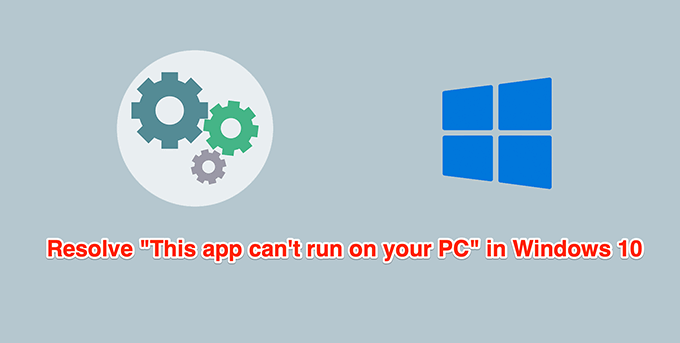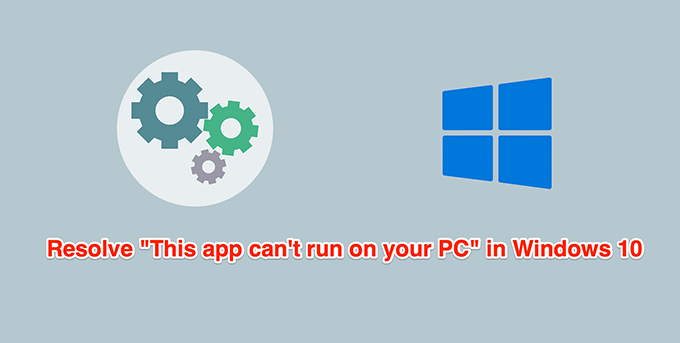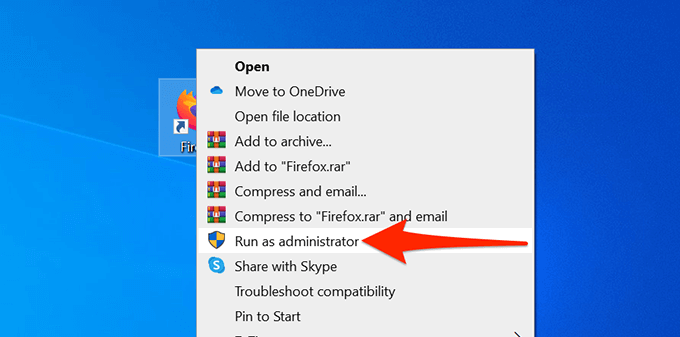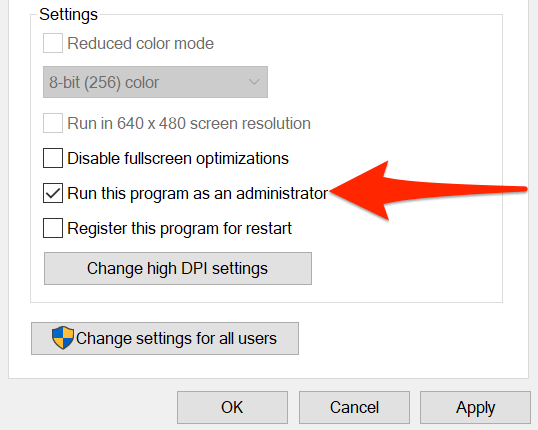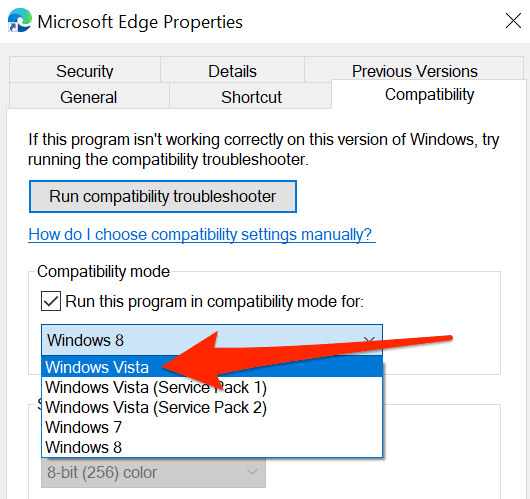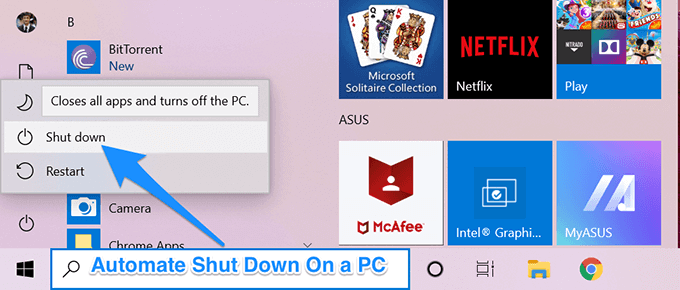Does your PC say, “This app can’t run on your PC” when you attempt to open an app? That’s most likely because the app is incompatible with your PC. However, there could be other reasons, too.
Luckily, you can apply a few fixes to your PC and resolve the error.
Contents
Run the App as an Admin
Permission issues are common reasons an app won’t open or function the way it should. Fixing this is easy as all you need to do is run the app with admin privileges.
To do that, you must log in as an admin or have the login credentials of an admin account ready for step 2 below.
- Use File Explorer to find the app with the issues.
- Right-click the app and select Run as administrator.
- In the User Account Control window that appears, select Yes.
- The app should open.
If you no longer get the “This app can’t run on your PC” error, and the app works fine, enable the app to always run in admin mode.
- Right-click the app file and select Properties.
- Go to the Compatibility tab in Properties.
- Under the Settings section, enable the Run this program as an administrator box.
- Select Apply followed by OK at the bottom to save your changes.
Check Whether the PC Is 32-bit or 64-bit
Windows 10 has two versions: 32-bit and 64-bit. A possible reason an app won’t open on your PC is that your PC is running the 32-bit version of Windows and the app is 64-bit.
To confirm this is the case, check your PC’s specifications:
- Open the Settings app by pressing Windows + I keys at the same time.
- Select System on the Settings screen.
- Scroll down the left sidebar and select About.
- On the right-pane, under Device specifications, see what the System type field says.
If it says 32-bit operating system, and your app is 64-bit, you need to install the 64-bit version of Windows 10 on your computer. Your computer must support 64-bit operating systems for you to do that. The website of your PC manufacturer should be able to tell if your system supports a 64-bit OS.
If you aren’t sure whether your app is 32-bit or 64-bit, you can find that information as follows:
- Right-click your app and select Properties.
- On the Properties window, select the Compatibility tab at the top.
- Enable the Run this program in compatibility mode for checkbox.
- Select the dropdown menu beneath the checkbox. If this dropdown menu has Windows 95 at the top, your selected app is 32-bit. If the dropdown menu starts with Windows Vista, then your app is 64-bit.
If you can’t upgrade to 64-bit Windows 10, check out the problematic app’s site and see if they offer a 32-bit version of their app. The 32-bit version should work just fine on your PC.
Use the Compatibility Troubleshooter
Windows 10 includes many troubleshooters, one of which is the compatibility troubleshooter. Use this to determine the possible reasons your app isn’t opening.
- Right-click the problematic app and select Properties.
- Access the Compatibility tab in Properties.
- At the top of the Compatibility tab, select Run compatibility troubleshooter.
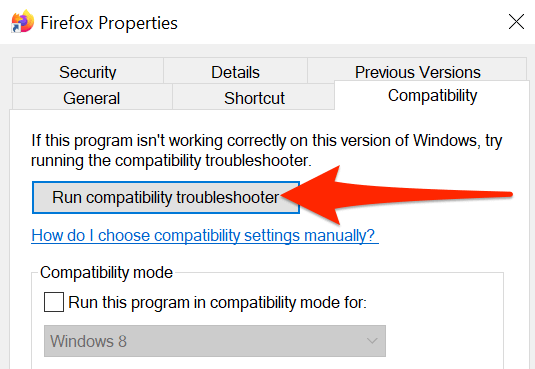
- Wait for the troubleshooter to find and fix app issues for you.
Run the App From Another Account
If your PC still displays the “This app can’t run on your PC” error, you might want to switch accounts and see if that makes any difference. If there’s an issue with your user account settings, this should fix that.
Make sure you have a spare account to switch to.
- Open the Start menu, click your profile icon, and select Sign out.

- On the login screen, select another user account and log into it.
- In this new user account, find the problematic app and open it.
If the app opens with the secondary account, there’s an issue with your original account. In this case, if you aren’t sure exactly what’s causing the problem, then delete your user account and recreate it.
Scan the PC for Viruses and Malware
A virus or malware can cause your PC to display the “This app can’t run on your PC” error even though the app you’re trying to open is perfectly fine. In this case, use Windows’ built-in virus scanner to find and remove viruses and other threats.
- Open the Start menu, search for Windows Security, and select that in the search results.
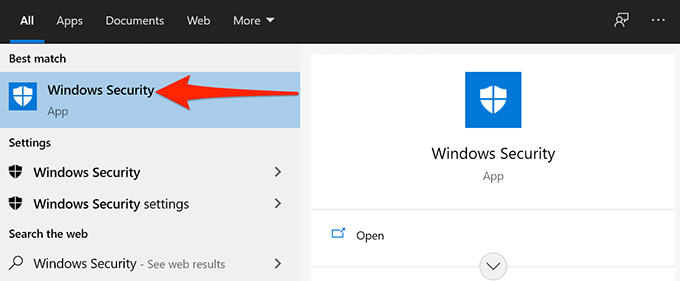
- On the Windows Security screen, select Virus & threat protection.
- Select Scan options on the following screen.
- Opt for the Full scan option and then select Scan now at the bottom.

- Wait for your system to scan and remove various threats from your PC.
Enable Developer Mode
Windows 10 includes a developer mode that lets you enable certain features on your PC. One of these is the ability to sideload apps on your computer. Sideloading means installing universal Windows apps from outside the Microsoft Store.
It’s worth toggling on this mode to see if your issue gets resolved.
- Press the Windows + I keys at the same time to open the Settings app.
- In Settings, select Update & Security at the bottom.
- Select For developers in the left sidebar.
- On the right pane, turn on the Developer Mode toggle.
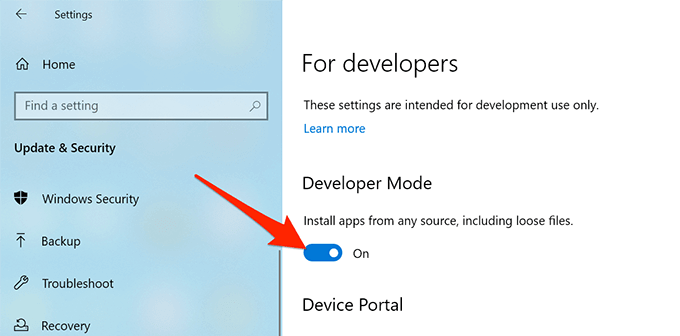
- Try to run your app and see if it opens.
Run a Corrupt File Scan
Corrupt files are responsible for various issues on your PC, including an app not launching. It’s difficult to manually find and fix corrupt files, but there’s a tool to help you with that.
Windows 10 includes a command to let you detect and fix all corrupt files on your computer. Run this command from the Command Prompt utility on your PC.
While you do need to type the command and execute it, the command then takes care of fixing the corrupt files for you. You don’t have to deal with the corrupt files manually.
- Access the Start menu, search for Command Prompt, and select Run as administrator.
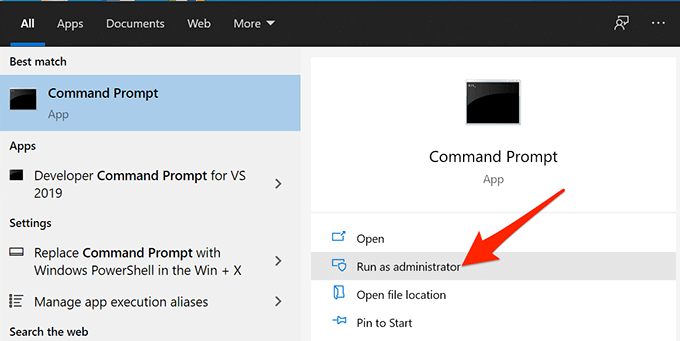
- Select Yes in the User Account Control prompt.
- In the Command Prompt window that opens, type the following command and press Enter:
sfc /scannow

- Wait for the command to scan and fix corrupt files on your PC.
Clean Boot the PC
If your PC still displays the “This app can’t run on your PC” error, it might be a good idea to clean boot your PC. Clean booting your PC only loads the essential services needed to boot the computer. So, a clean boot won’t load any problematic apps and files.
This allows you to determine if an installed app is the culprit. We have a detailed guide on how to perform a clean boot in Windows 10, so check that out.
Did you manage to fix the issue with your app? Let us know what method worked for you in the comments below.

